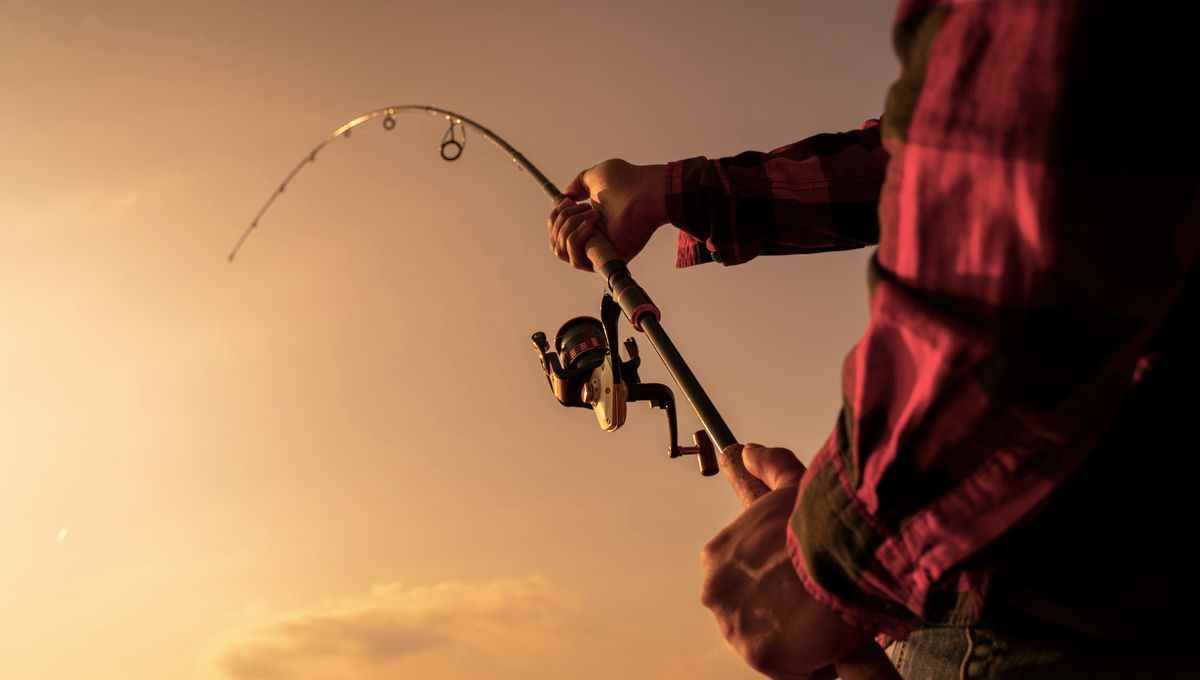The Bream, a species of fish that is doing well.
Bruno Garcia of the Charente-Maritime fishing federation has chosen to mention today on France Bleu La Rochelle a very pleasant fish to fish and that the vast majority of fishermen will release afterwards: it is the Bremen.
Bruno Garcia : Small tidal coefficient on the maritime side so we go up on inland waters, fresh water. Almost 40 years ago, until 1984, there was a high point around mid-June. This great moment was the opening of fishing in the 2nd category, the cyprinids more familiarly called white fish had in theory finished reproducing and we resumed coarse fishing. So considering that these species are far from being threatened, knowing that they benefit from a very high reproductive capacity and that above all they do not bite when they are in love, this closure has been removed, this measure was also intended to not not, once again, harm the fisherman who regularly toasts when he is not the cause of the difficulties encountered by the fish.
We can now track roach, bream, tench and carp all year round. A few details to get to know this bream better
Yes I will first describe it to you briefly, I will say that if there is a fish that does not leave a great memory on the plate, it is the bream. For the vast majority of anglers, bream is not caught for consumption. We release her. But on the other hand, when it comes to specimens of 1 to 2 kg, it’s a great line stroke and it’s what anglers are looking for who, for this reason, practice on light equipment.
Several species of bream, as there are different trout?
For us French, there are two breams. The first is the common bream which reaches quite large sizes 3 to 4 kg. And the second is the much smaller bream, a few hundred grams.
How are they distinguished?
It’s not simple, thanks to morphological criteria such as the size of the eye, for example Bream is a burrowing fish, which feeds on the bottom by rummaging in the sediments to find its food. We will first of all start, do not be afraid to use a fairly large grain size with large particles of corn, hemp and breadcrumbs. After wetting the whole thing slightly we will make 8 or 10 balls as big as oranges and throw them on the spot, taking care that they reach the bottom. Usually the arrival of bream is indicated by small bubbles on the surface where you cast the groundbait.
The line now
The line should be fine, main line 12 to 14 hundredths, leader 10 to 12 hundredths of a maggot bait or even better to select large catches a grain of sweet corn. In connection with what I was telling you right away, try to let your hookbait rest on the bottom, at the same level as your bait. And, to finish, don’t forget to balance or weight your float well, the bream regularly quibbles and pushes back a line that opposes too much resistance to it.
A little advice
The Bream secretes a lot of mucus, this sticky sticky substance that is difficult to get rid of. No rag to handle it you would condemn it. Take it with your bare hand preferably wet and rinse your hands afterwards.
Some information
The Baine competition on July 3 on the Charente river is canceled to make way for the regional Masters and Veterans championship which was to be held on the weekend of June 18 and 19 and which was canceled by prefectural decree (heat wave). This competition will take place in the Lindron sector on the Charente-Seudre canal. Cleaning work on the stonework of the marans-la Rochelle canal since Monday, June 20th for a period of 3 weeks. Today on the Marans-La Rochelle canal, a sporting canoe event as part of the “Le Défi du Marais” event, from the Pavilion to Marans.
